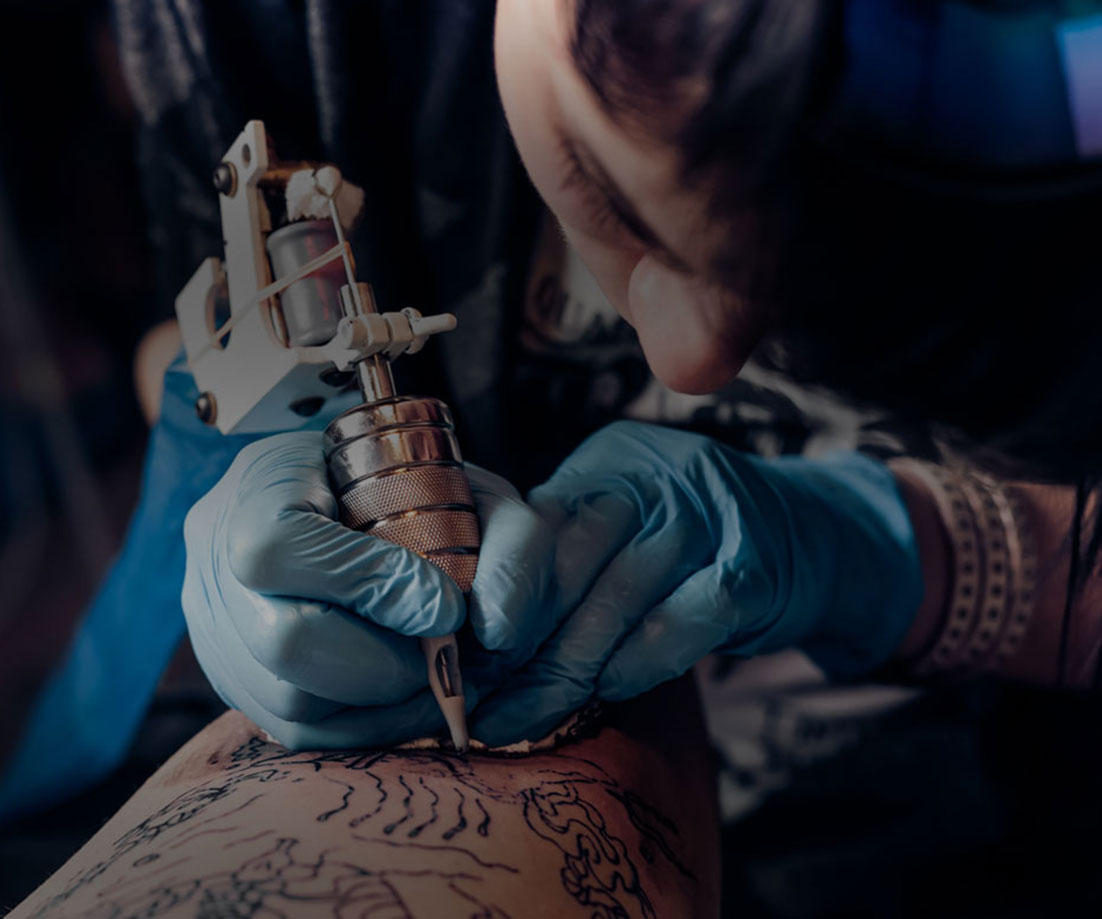Tattooing is a nuanced art, and achieving vibrant, long-lasting results requires an understanding of different skin types. Tattoo artists must adapt their techniques to ensure that each tattoo heals beautifully and maintains its color over time. This article explores how various skin types affect tattooing and offers tips for achieving optimal results.
Understanding Skin Types
Human skin can be broadly categorized into dry, oily, combination, sensitive, and normal types. Each type presents unique challenges and requires specific approaches to tattooing.
- Dry Skin: This type lacks sufficient moisture, making it prone to flaking and cracking. Tattoos on dry skin may take longer to heal and can appear patchy if not properly cared for.
- Oily Skin: Excess oil can affect the way ink settles into the skin. If not handled correctly, tattoos on oily skin may appear blurry or fade faster.
- Combination Skin: This skin type has both oily and dry areas, often on different parts of the body. Tattooing on combination skin requires a balanced approach to address both characteristics.
- Sensitive Skin: Highly reactive to stimuli, sensitive skin can swell, turn red, or become irritated more easily. Tattooing on sensitive skin requires extra care to minimize discomfort and adverse reactions.
- Normal Skin: This is the least problematic skin type for tattooing. It heals well and typically holds color better than other skin types.
Tattooing Techniques for Different Skin Types
Adapting techniques for each skin type ensures better results and a more comfortable experience for clients. Here are some tips for tattooing on different skin types:
Dry Skin:
- Hydration: Encourage clients to hydrate their skin before the tattoo session. Applying a moisturizing lotion regularly in the weeks leading up to the appointment can improve the skin’s condition.
- Aftercare: Advise clients to keep the tattooed area moisturized with a fragrance-free lotion during the healing process.
Oily Skin:
- Pre-Tattoo Prep: Clean the area thoroughly to remove excess oil. This helps the stencil adhere better and ensures cleaner lines.
- Ink Selection: Choose inks that are known to hold well on oily skin. These inks are less likely to spread or blur.
Combination Skin:
- Balanced Approach: Treat different areas according to their specific needs. Use techniques suited for dry skin on dry areas and oily skin techniques on oily areas.
- Patch Testing: Conduct patch tests to understand how the skin reacts to the ink and adjust accordingly.
Sensitive Skin:
- Gentle Techniques: Use gentler tattooing techniques to minimize trauma. Lighter needle pressure can reduce swelling and irritation.
- Hypoallergenic Products: Opt for hypoallergenic inks and aftercare products to prevent allergic reactions.
Normal Skin:
- Standard Practices: Follow standard tattooing practices, focusing on maintaining hygiene and using high-quality inks.
- Consistent Aftercare: Advise clients on proper aftercare to ensure optimal healing and color retention.
Choosing the Right Tattoo Artist
Selecting the right tattoo artist is crucial for achieving the best results, especially when considering different skin types. A tattoo artist in Surfers Paradise, known for their expertise and adaptability, can significantly enhance the outcome.
Experience and Skill: An experienced tattooist in Surfers Paradise will have a deep understanding of how different skin types respond to tattooing. Their skill in adjusting techniques ensures vibrant and long-lasting tattoos.
Consultation: A good tattoo artist will offer thorough consultations, assessing the client’s skin type and discussing the best approach. This personalized attention helps in planning the tattoo process effectively.
Aftercare for All Skin Types
Regardless of skin type, proper aftercare is essential for the longevity and vibrancy of a tattoo. Here are some universal aftercare tips:
- Cleanliness: Keep the tattooed area clean and dry to prevent infections.
- Moisturization: Use a fragrance-free lotion to keep the skin hydrated.
- Sun Protection: Protect the tattoo from direct sunlight to prevent fading.
- Avoid Scratching: Resist the urge to scratch or pick at the tattooed area during healing.
Read More: https://jcbsparepartsonline.wordpress.com/2024/05/20/jcb-spare-part-in-india-jcb-earthmovers-parts/
Conclusion
Tattooing on different skin types requires knowledge, skill, and adaptability. By understanding the unique characteristics of each skin type and employing tailored techniques, tattoo artists can ensure that their clients receive vibrant, long-lasting tattoos. Whether dealing with dry, oily, combination, sensitive, or normal skin, the right approach can make all the difference.

